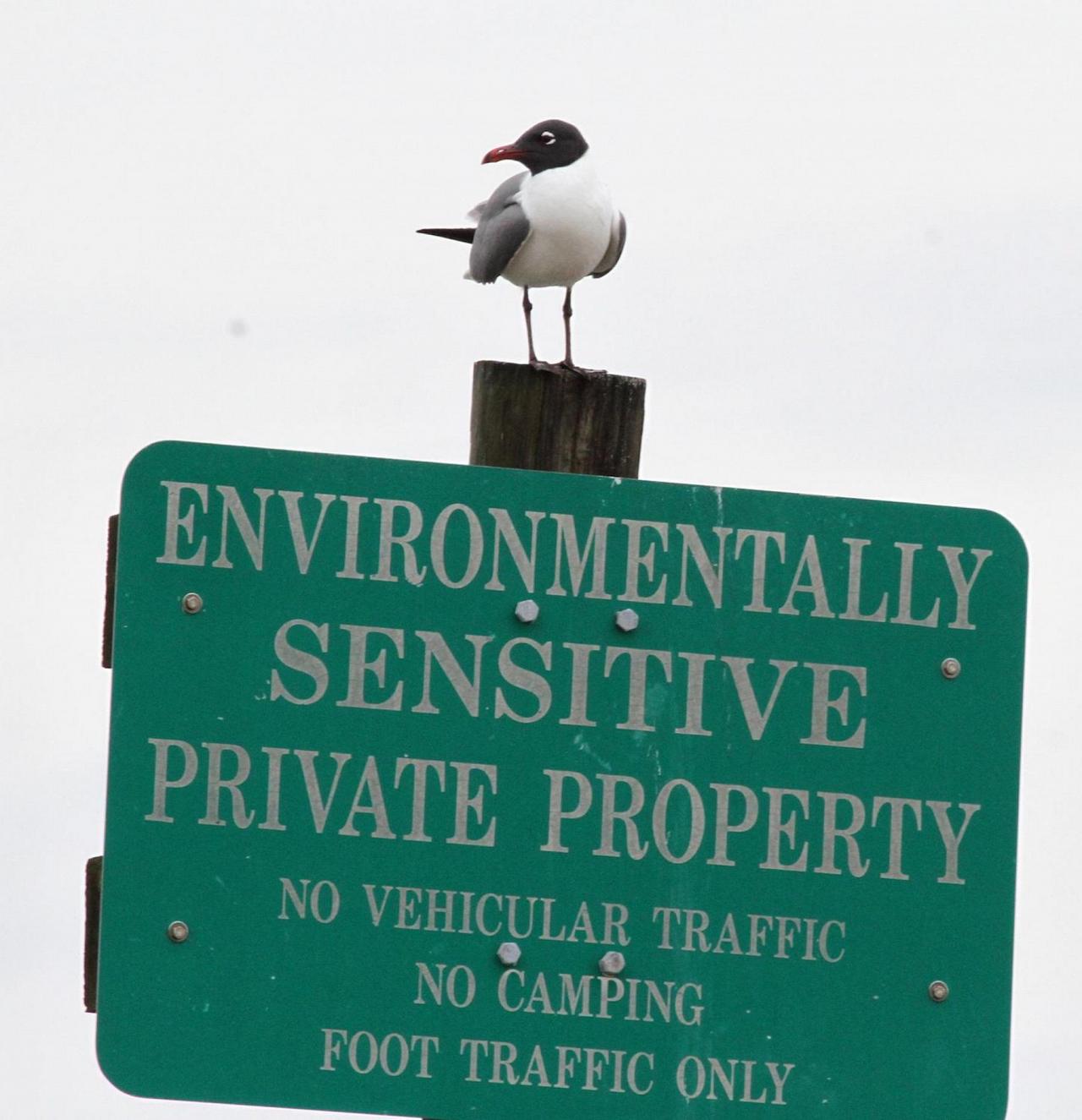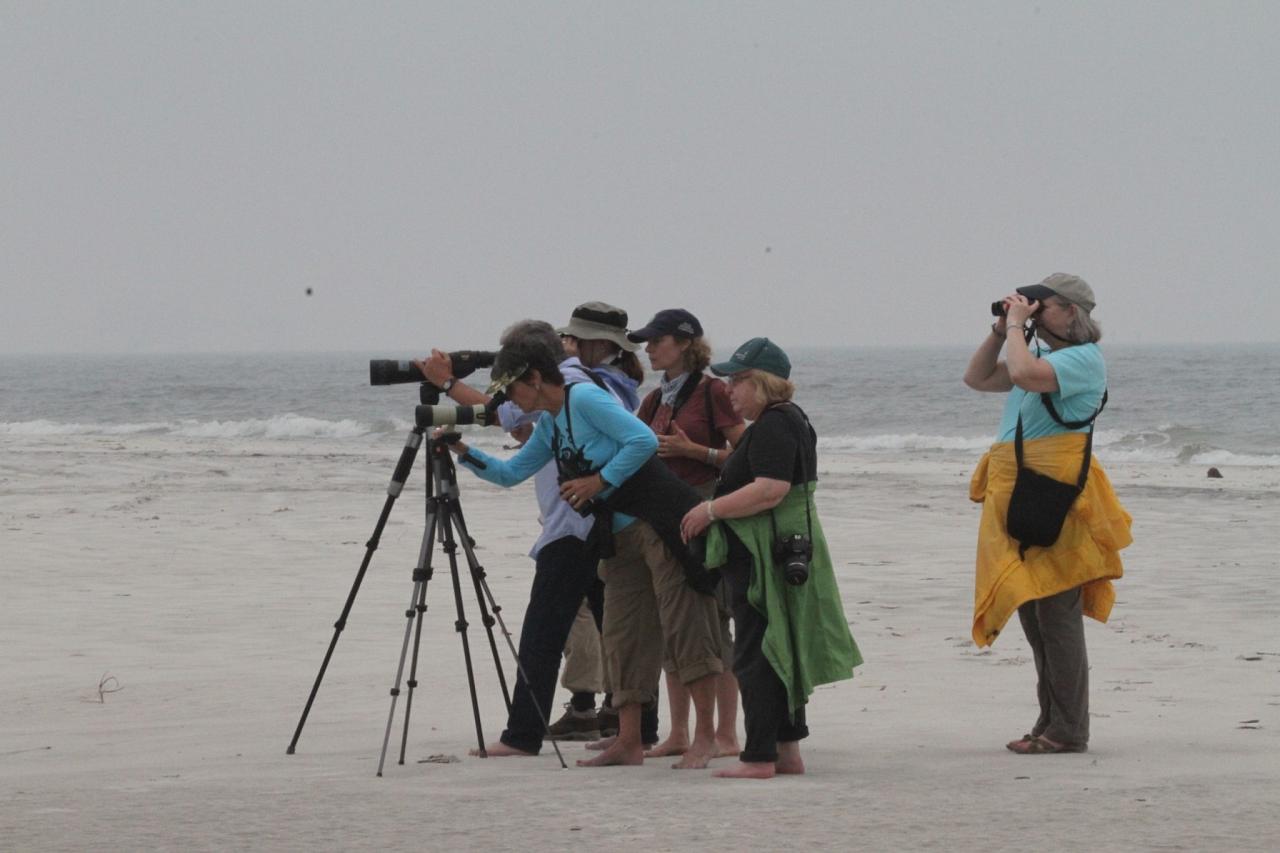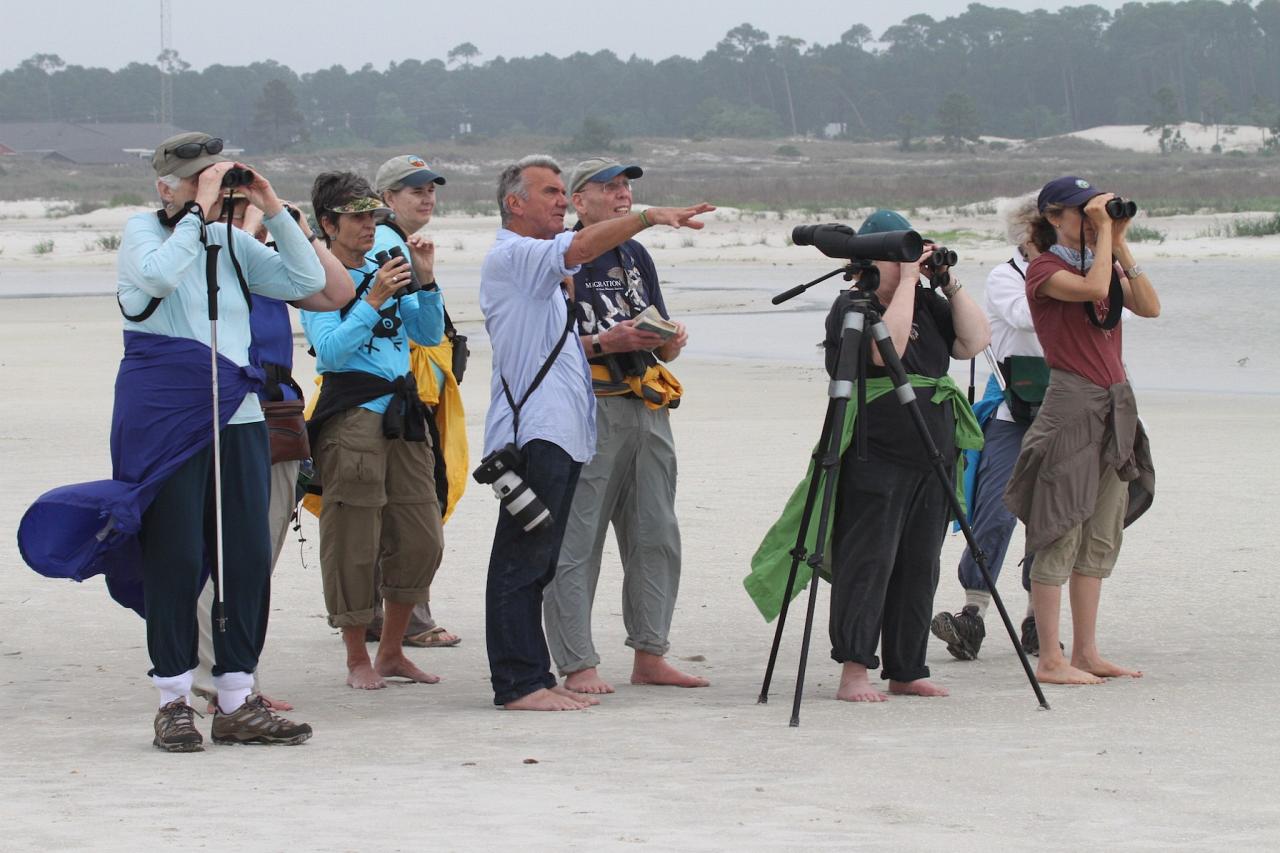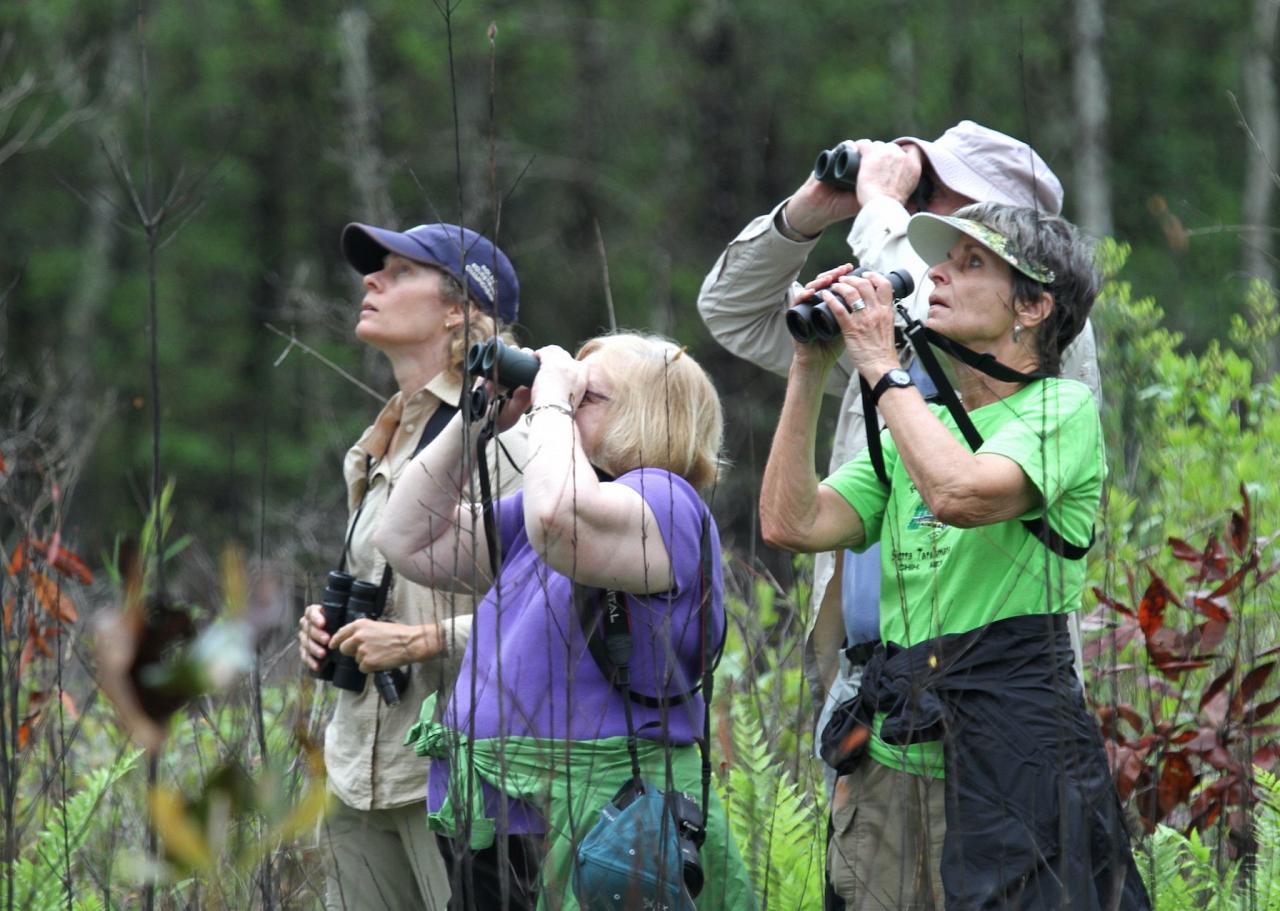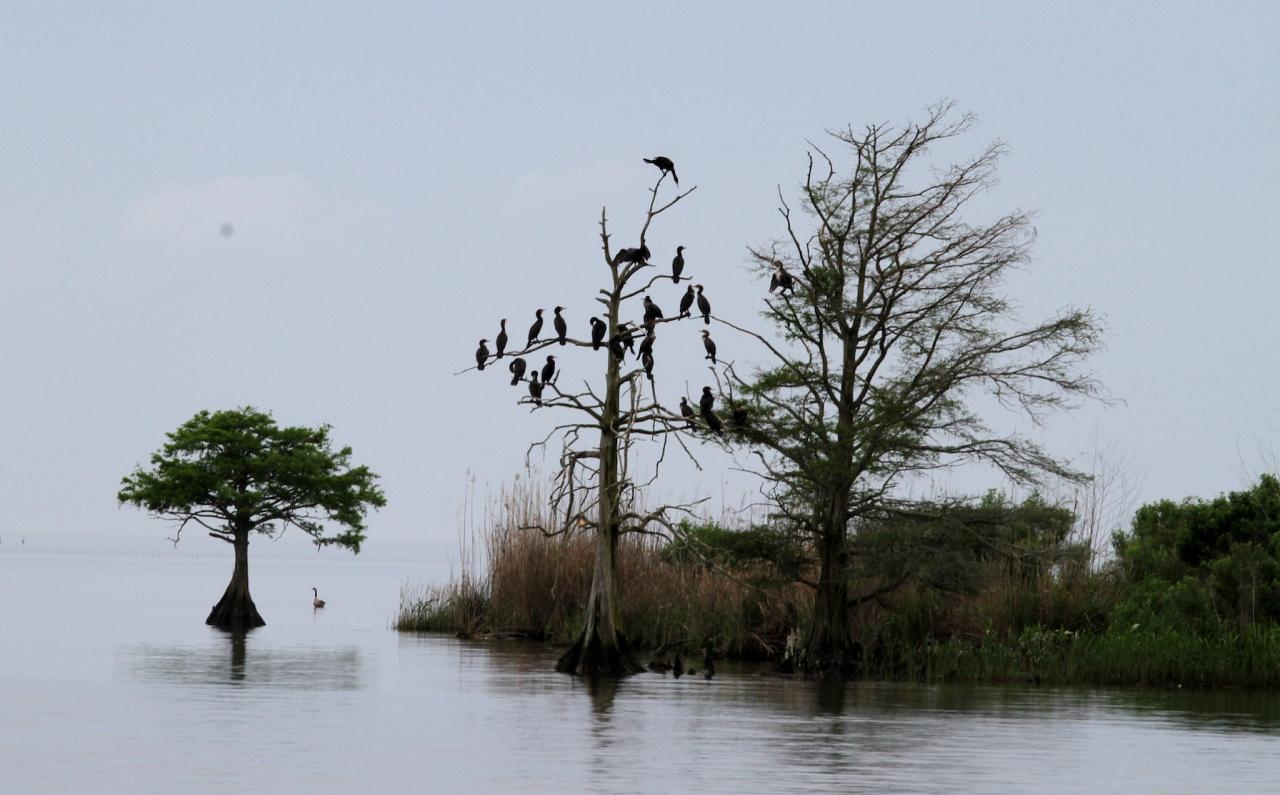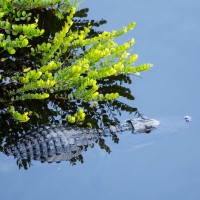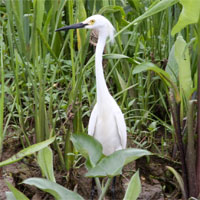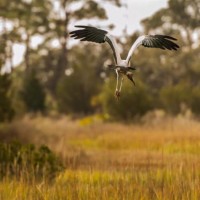- Overview
- Full Itinerary
- Photo Gallery
- Costing
- Travel Details
- Trip Reports
- Guide
- Map
- Know Before You Go
- Other Trips You May Like
Join us to discover Dauphin Island, one of North America’s top spring migration destinations, on this spring bird migration tour. Of Alabama’s 455 bird species, 95% have been seen here. This is where migrants first see land after crossing the Gulf; a critical rest and rejuvenation stop.
Spot Neo-tropical migrants; 25 or more species of warblers, including Worm-eating, Swainson’s, Cape May, Kentucky, and Prothonotary; and see water, sea, and shorebirds, including Reddish Egret, Magnificent Frigatebird, Roseate Spoonbill, Tricolored Heron, and Snowy, Semi-palmated, and Piping Plovers.
Indulge on fresh seafood and visit several prime birding spots, hand-picked by your local guide. Explore the Mobile-Tensaw Delta, aptly called America’s Amazon, by small boat. We also take time to explore a rare pitcher plant bog and search for Swallow-tailed Kite.
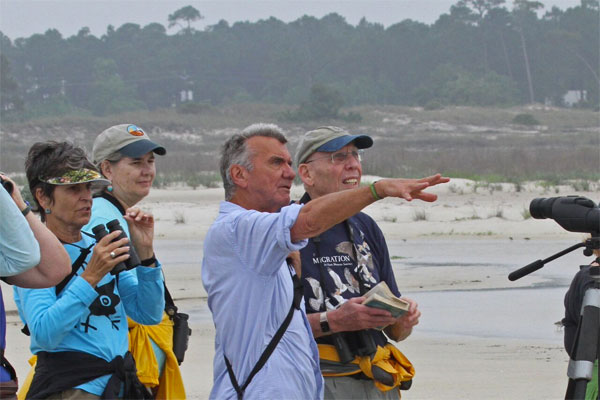
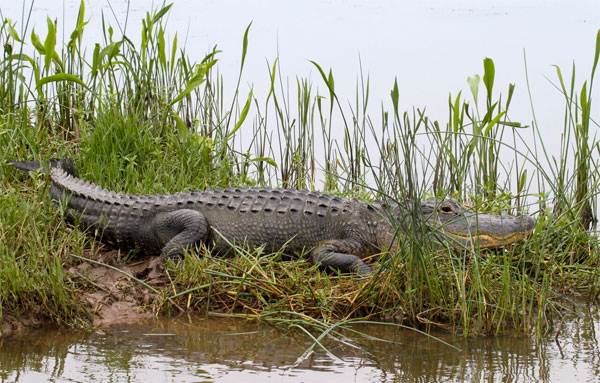
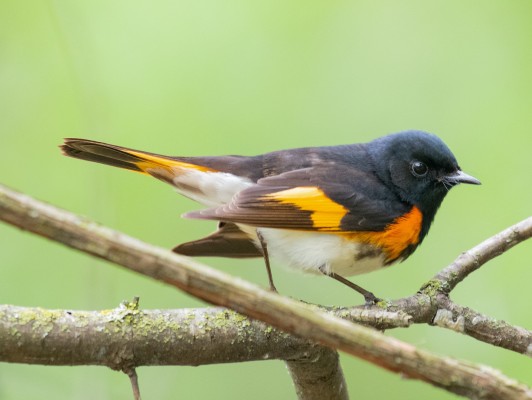

Tour Highlights
- Bird Dauphin Island’s migration hotspots, including Shell Mounds Park, The Goat Tree Reserve, Cadillac Square, the East End, Audubon Bird Sanctuary, and Airport Marsh
- Spot 20+ species of warblers, both Summer and Scarlet Tanagers, several vireos, orioles, and both Painted and Indigo Buntings
- Off-Island, explore Grand Bay, and Splinter Hill Bog—one of the largest pitcher plant bogs in the world
- Explore the Dauphin Island Sea Lab
- Enjoy an eco-boat swamp cruise of the lower Mobile-Tensaw Delta and see Bald Eagle, American Alligator, Osprey, cormorants, herons, Brown Pelican, and Nutria
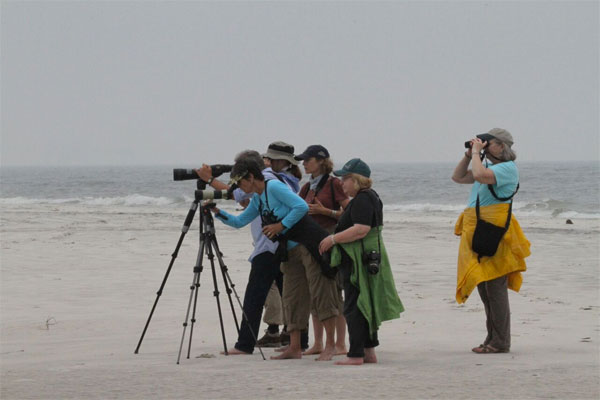
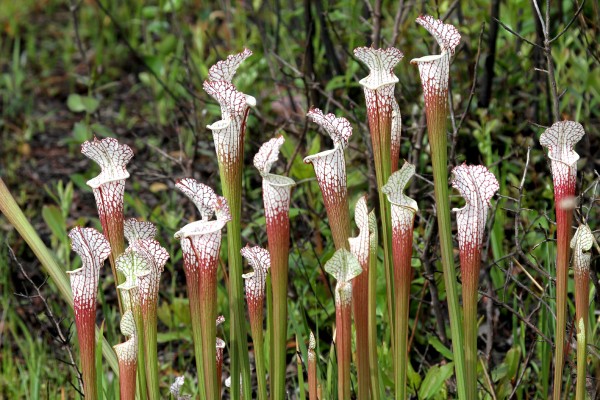
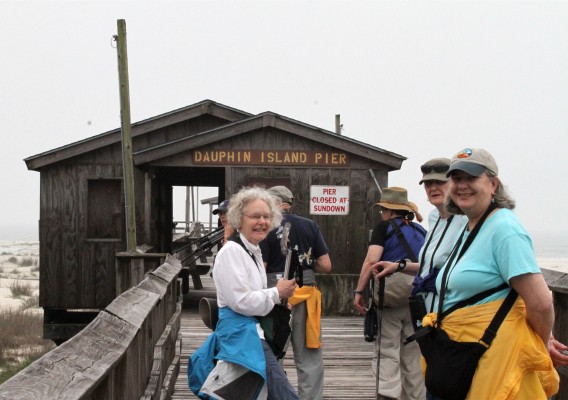
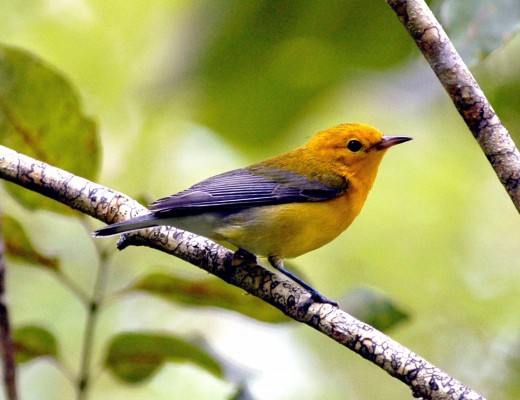
Trip Itinerary
Itineraries are guidelines; variations in itinerary may occur to account for weather, road conditions, closures, etc. and to maximize your experience.

Sat., Apr. 13 : Arrive in Mobile | Travel to Dauphin Island
Welcome to Alabama! As our journey begins, you quickly realize why April is the perfect time to be on Dauphin Island. On the way down to the Dauphin Island, we may make a quick stop for snacks and supplies, and detour to a field full of Yellow Pitcher Plants. Once on Dauphin, we bird if there’s action, or check in first and then go out . In contrast to most birding, the afternoons are often the best on the island; the fastest fliers start to arrive off the Gulf at about 2:00 PM. From about 4:00 PM onward seems to be the busiest time, and depending on weather, the birds may touch and go, or stay until nightfall.
Accommodations for the week at Gulf Breeze Motel or similar, Dauphin Island (D)

Sun., Apr. 14 : Dauphin Island
Today is an island day; we hit the hotspots wherever the birds are. With big influxes, these hotspots can be all over the island, though often just one or two areas are birdy, while others are quieter. Our guide, Andrew Haffenden, lives on Dauphin and has been birding solidly over the last few days; his knowledge and networking should have us in the right spots at the right times. The biggest factor is the weather; our order of activities takes this into account. If a day looks slow for migrants, we travel off-island, swapping an activity later in the tour to leave that day open for island birding. Birds in areas like the Delta, and Splinter Hill Bog are not subject to the same weather constraints as the migrants. The best migrant trap on the island is Shell Mounds Park, and we return repeatedly. Cadillac Square, The Goat Tree Reserve, Audubon Bird Sanctuary, and the East End all warrant stops, usually several times each, as does the Airport Marsh for rails, Seaside Sparrow, Marsh Wren, herons, and egrets. A good birding day on the island yields about 20 species of warblers, several vireos, both Summer and Scarlet Tanagers, orioles, and both Indigo and Painted Buntings. Excellent days can see many of these species number in the 20s and more. Since we’re on the Gulf, seafood is popular for dinner tonight.
In addition to the migrants, a few winter birds should still be around, including both Snowy and Piping Plovers and Western Willet, as well as freshly-arrived Eastern Willet. (B,L,D)

Mon., Apr. 15 : Dauphin Island
We check the Shell Mounds first thing this morning for lingerers or night arrivals, then head onto Pelican Spit beach. In addition to the well-known neo-tropical migrants, Dauphin offers a wide variety of beach birds, including Reddish Egret; Western, Semipalmated, and Least Sandpipers; Snowy, Piping, Semipalmated, and Black-bellied Plovers; both Eastern and Western Willets; Dunlin; Short-billed Dowitcher; American Oystercatcher; Ruddy Turnstone; a variety of terns, including Least and Gull-billed; and more. Less assured, but regular, are Black-necked Stilt and American Avocet. After Pelican Spit, we have a break for lunch, then visit the Alabama Aquarium during the quiet part of the day. Part of the Dauphin Island Sea Lab, the Aquarium is an exciting and educational aquarium, highlighting the four key habitats of coastal Alabama: The Mobile-Tensaw River Delta, Mobile Bay, the Barrier Islands, and the Northern Gulf of Mexico. The Estuarium showcases the plants, animals, and other natural resources found in the estuary and its surrounding marine habitats. There are exhibits with tanks of unusual ocean creatures, including tiny seahorses, skeletons in touch trays, eggs, and more. There’s even a touch tank with rays and sharks. As mid-afternoon approaches, we start to check the warbler traps once again. (B,L,D)
Tues., Apr. 16 : Splinter Hill Bog Preserve
This morning we venture off the island and head north to Splinter Hill Bog Preserve, home to a variety of habitats: sandy upland longleaf pine forests, seepage bogs, and inundated small stream swamp forests. Much of the site is covered by one of the largest and most visually-impressive white-topped pitcher plant bogs in the world. Here, we first listen, and then look for Bachman’s Sparrow, a number of which should be singing loudly. With patience, they often give good views. Other pine forest birds like Brown-headed Nuthatch are also found here. We then check the edge of the delta for birds including Prothonatory Warbler, Hooded Warbler, Swallow-tailed and Mississippi Kites. After lunch in Forrest Gump’s hometown, Bayou La Batre, we then head back to the Island for the afternoon arrival of migrants winging in from the Gulf. (B,L,D)

Wed., Apr. 17 : Mobile-Tensaw Delta | Meaher State Park
Today brings Bald Eagle, Osprey, Alligator, and herons on a Delta Boat tour. We head off the Island early and swing around the bay to meet our small boat for an exploration of the Mobile-Tensaw Delta, Mobile’s greatest biological jewel, and an area many think deserves National Park status. We float through the open marsh, watching for a variety of wildlife, including American Alligator, Bald Eagle, Osprey, herons, gallinules, Double-crested Cormorant, Anhinga, and the aquatic mammal Nutria. Similar to Clapper Rail, we watch and listen for King Rail, found in small areas of habitat here. Our guides share interesting points on the history, geology, ecology, and biology of the Delta. Meaher Park, where we return to, is checked for marsh birds and ducks and Boat-tailed Grackle, which doesn’t occur on the island. Pine forest birds may also be found here. A late-ish lunch is enjoyed in nearby Daphne, then we return to Dauphin Island checking sites on the way if time permits for the afternoon arrivals. (B,L,D)
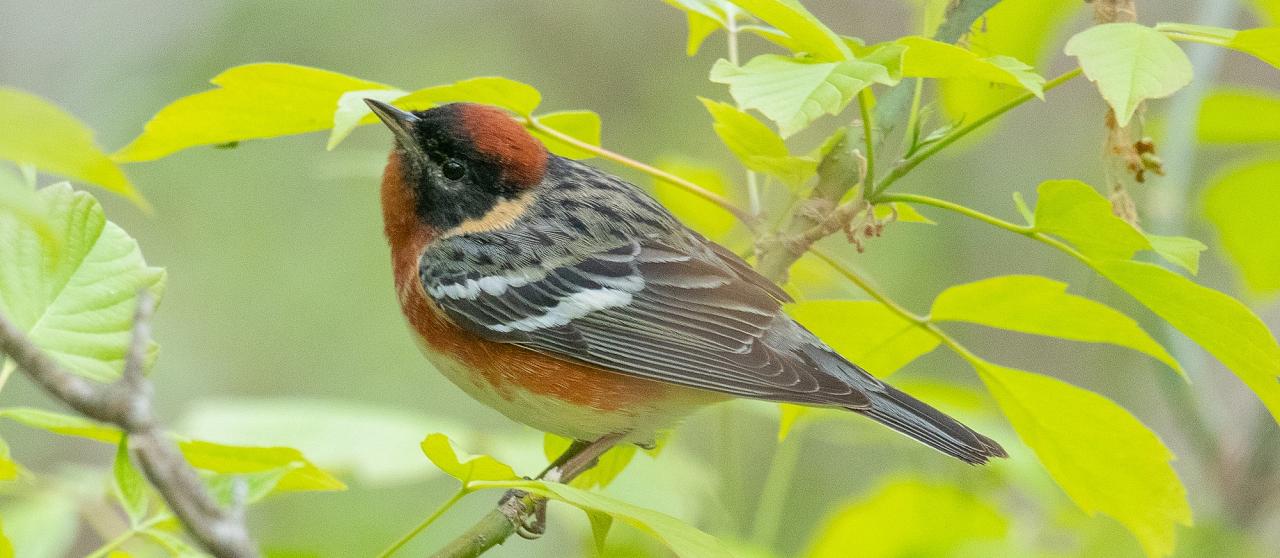
Thurs., Apr. 18 : Dauphin Island | Mobile Airport
Today we depart from the island, but check key spots for a final migration experience before heading to the airport. Plan your flight for after 11:30 AM since we plan to arrive at the airport by 10:30 AM. (B)
Cost of the Journey
Cost of the journey is $2290 DBL / $2690 SGL per person, based on double occupancy, from Mobile, Alabama. Cost includes five nights’ accommodations; all meals as stated in the itinerary; group airport transfers; ground transportation; professional guide services; park, preserve, and other activity fees; and miscellaneous program expenses. Tour price does not include: roundtrip airfare to and from Mobile, Alabama, or items of a personal nature such as laundry, porterage, telephone charges, or alcoholic beverages.
Travel Details
Please plan to make air travel plans only after the minimum group size has been met. We will send you a confirmation email as soon as the trip has been confirmed.
Arrival and Departure Airport: Mobile Regional Airport (MOB)
Arrival Details: Please plan flights to arrive April 13, 2024 no later than 2:00 PM. If you are driving and meeting us at the Gulf Breeze Motel, plan to arrive in time for dinner at 6:30 PM and the tour greeting and orientation.
Departure Details: Please plan flights to depart April 18, 2024 after 11:30 AM
Travel Tip: Mobile has some gardens that are lovely to explore in the spring. Bellingrath Gardens are about 30 minutes southwest of Mobile. For those who like to combine culture and nature, Mobile is just two hours from New Orleans, Louisiana, home to amazing street life, music, and dining.
Browse below for trip reports and species lists from past versions of this and other tours from this destination.
Alabama
Dauphin Island
- April 2015
- April 2016
- April 2017
- April 2021
- April 2022
- April 2024
-
Andrew Haffenden, Guide Emeritus
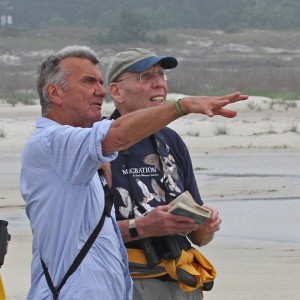
Andrew has birded all the southern coastal states, from South Carolina to Texas, and more diverse states and habitats from the mossy rainforests and mountains of Washington to the conifers and bogs of Minnesota to the winter seabirds of New York's Long Island. The dry and desert states of the Southwest have been favorites of Andrew's, from the furthest southwest point in the US to the high mountains and plains of Northern Colorado. Further afield, numerous visits to Mexico, 25+ trips to Central America and 17+ trips to northern South America including Guyana has enabled Andrew to become familiar with the birds of those regions. Some 15 tours to Greater Antilles places him in the top 20 eBirded species in the Greater Antilles. Andrew’s also birded and led tours to several other Caribbean Islands. In addition to Dauphin Island he also leads Naturalist Journeys tours in the Southeast US and Central/Southe America. His many trips to Southeast Asia, and of course a lifetime of experience in Australia and New Zealand round out his wildlife experiences.
Photo credit: Peg Abbott
Other trips with Andrew Haffenden, Guide Emeritus
Essential Information +
Packing List +
Suggested Reading List +
Useful Links +
Photo credits: Banners: Black Skimmer, Carlos Sanchez; Cape May Warbler by Peg Abbott; Roseate Spoonbill by Betty Andres; Snowy Egrets by Noel Snyder; Group Birding Dauphin Island Beach by Peg Abbott; American Alligator, Naturalist Journeys Stock; American Redstart, Homer Gardin; Yellow Warbler, Carlos Sanchez; Birding Dauphin Island Beach by Peg Abbott; White-topped Pitcher Plants by Peg Abbott; Alabama Group, Naturalist Journeys Stock; Prothonotary Warbler by Dough Pratt; Rose-breasted Grosbeak, Homer Gardin; Great Egret, Carlos Sanchez; Blue Grosbeak, Carlos Sanchez; Indigo Bunting, Doug Greenberg; Chestnut-sided Warbler, Homer Gardin; Bay-breasted Warbler Homer Gardin; Golden-winged Warbler, Tom Dove; Gull, Naturalist Journeys Stock; Birding Group x3, Peg Abbott; Mobile Delta, Peg Abbott; Prothonotary Warbler by Dough Pratt; Summer Tanager, Tom Dove.






